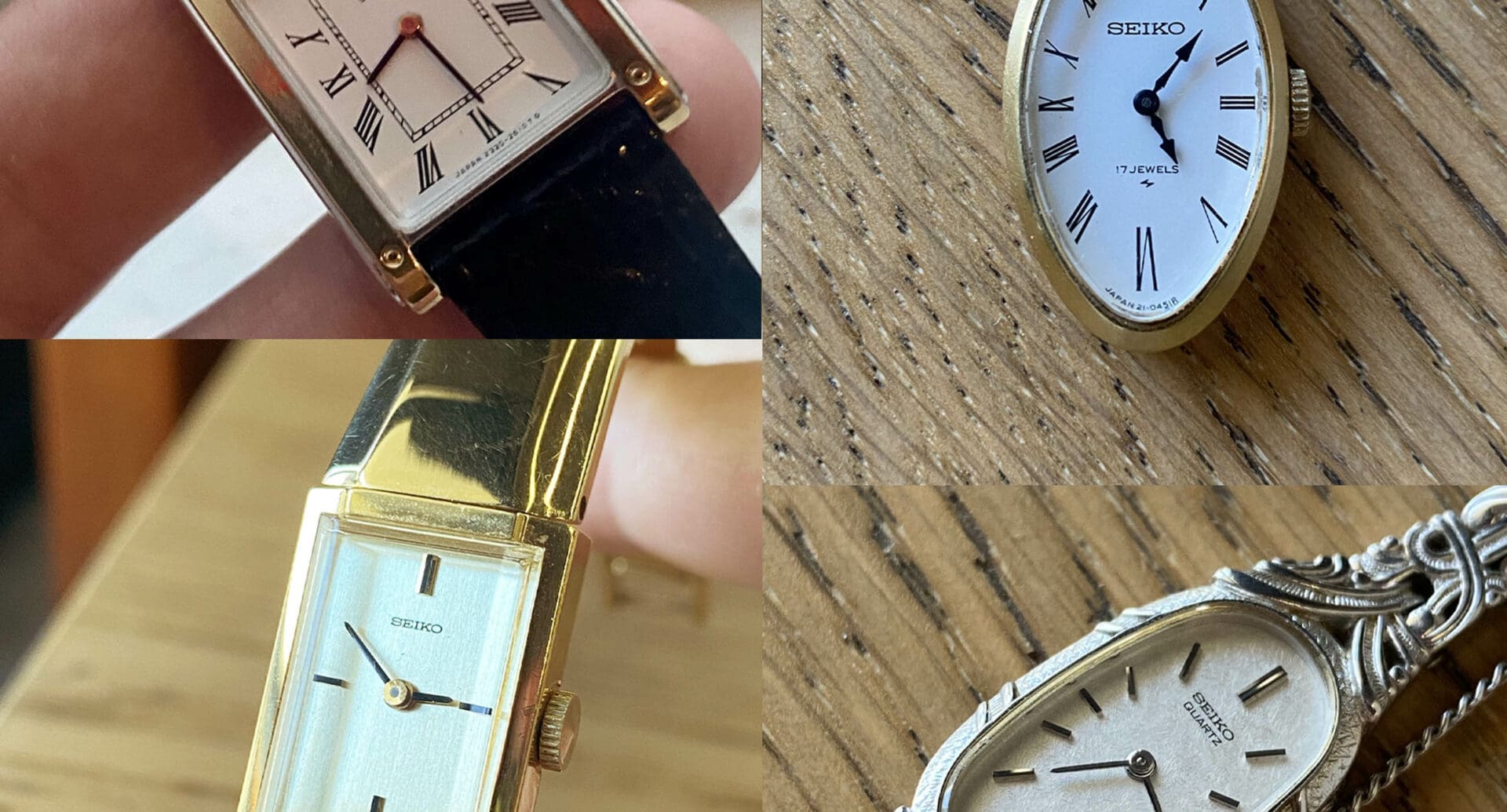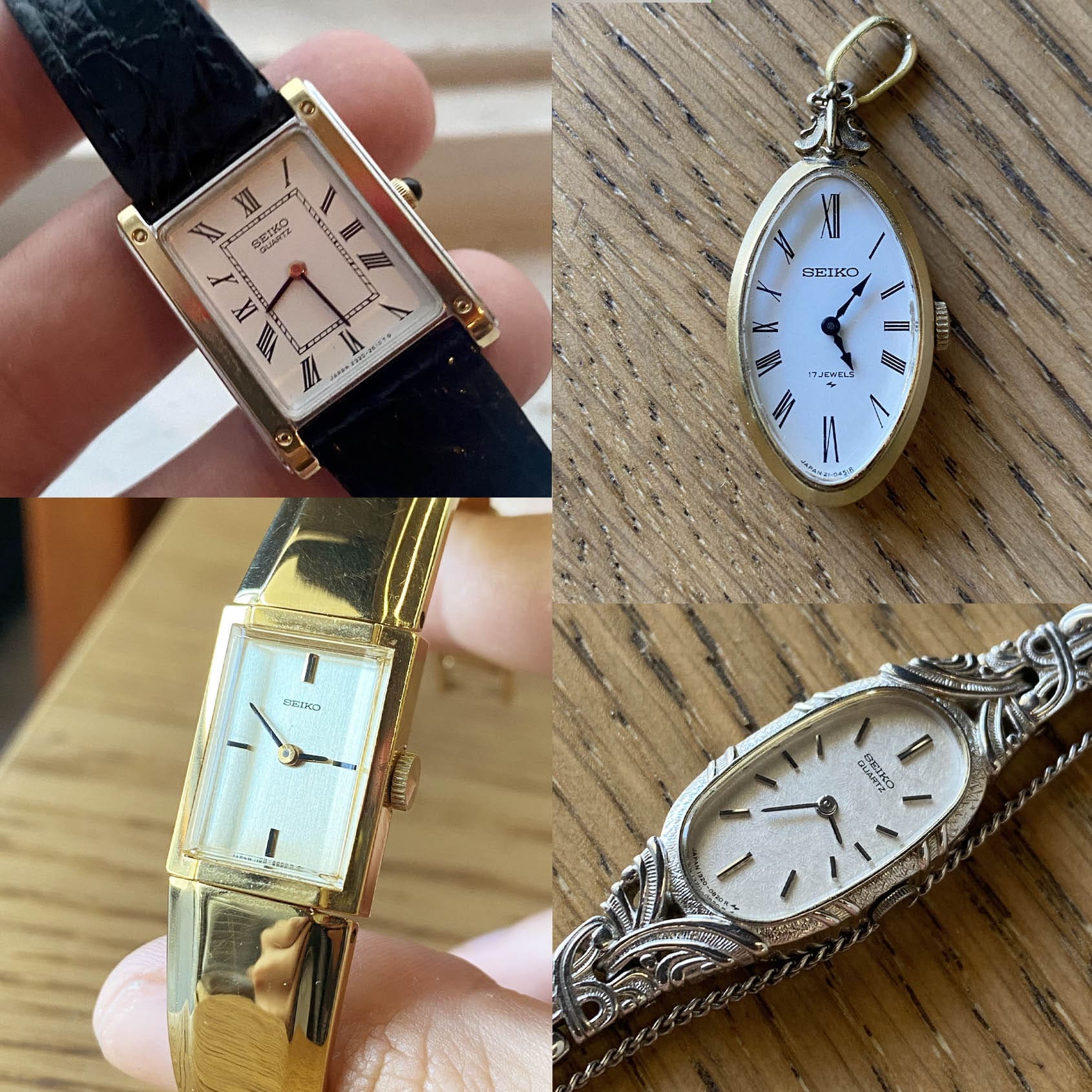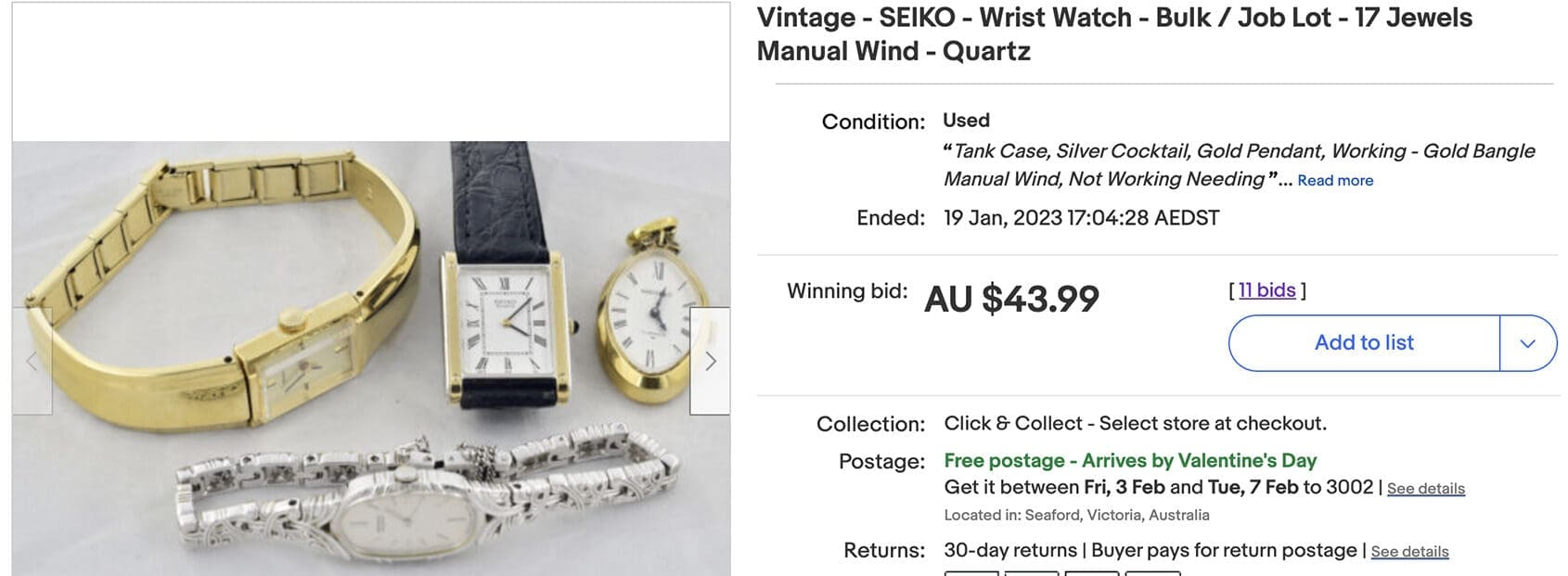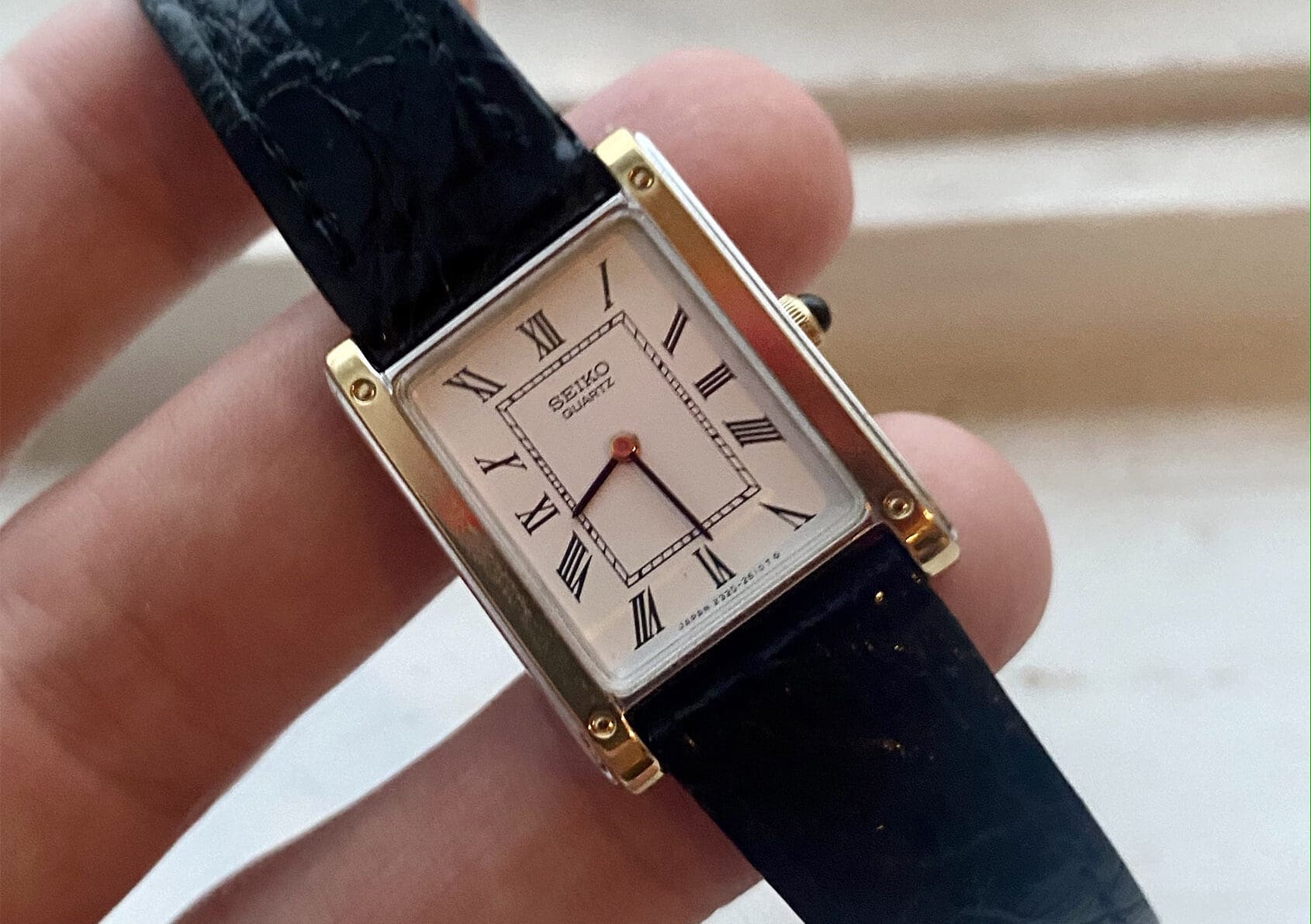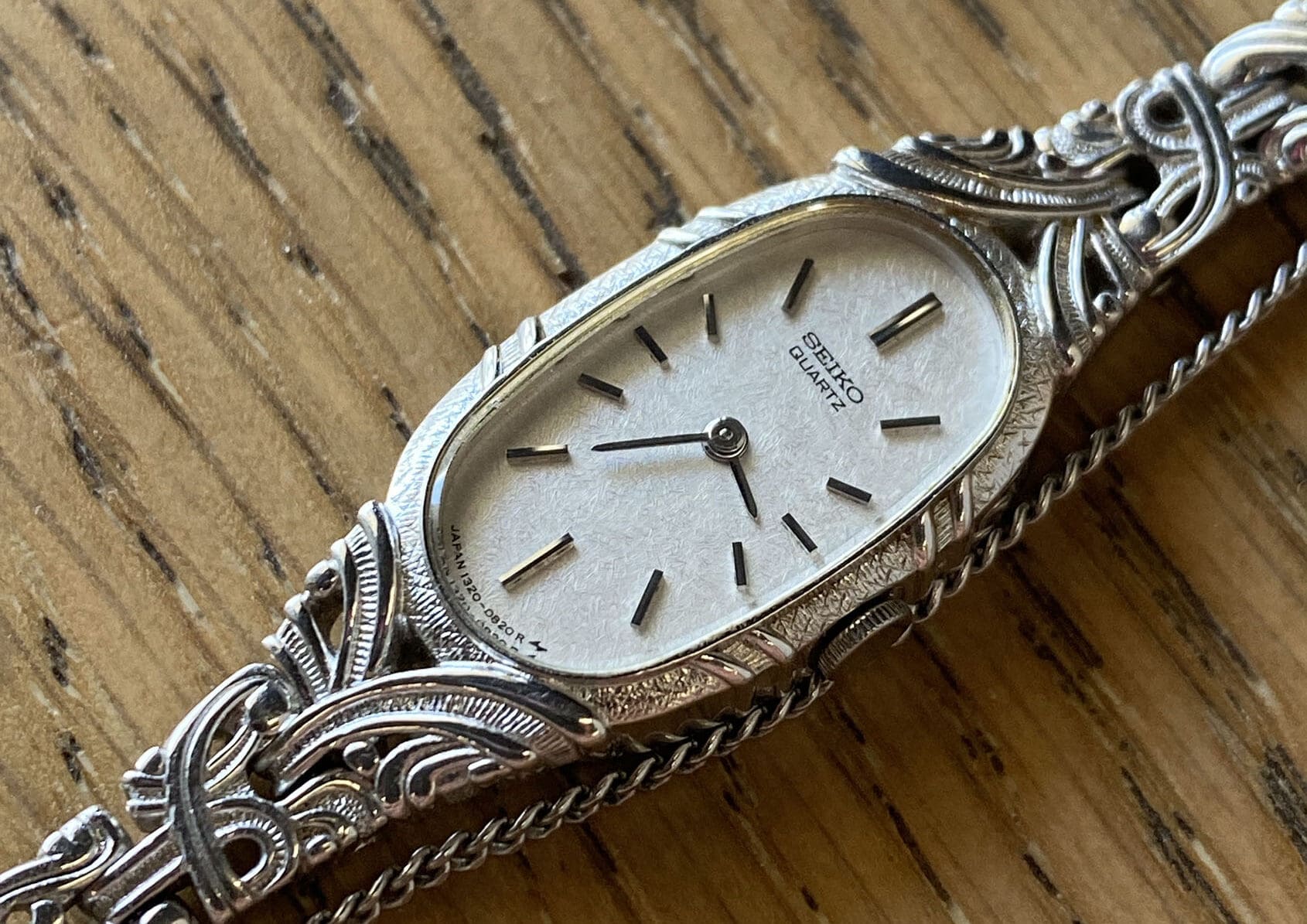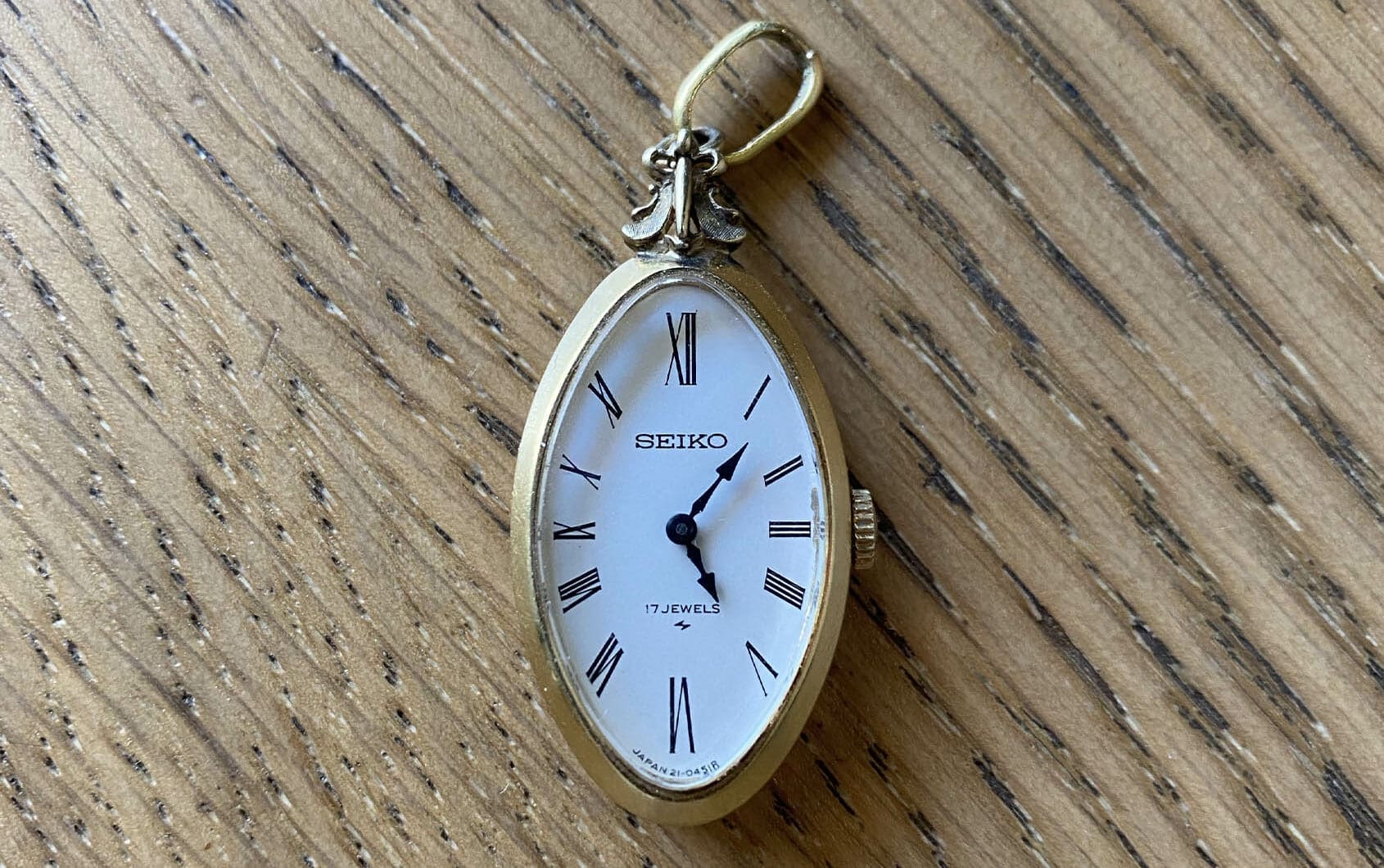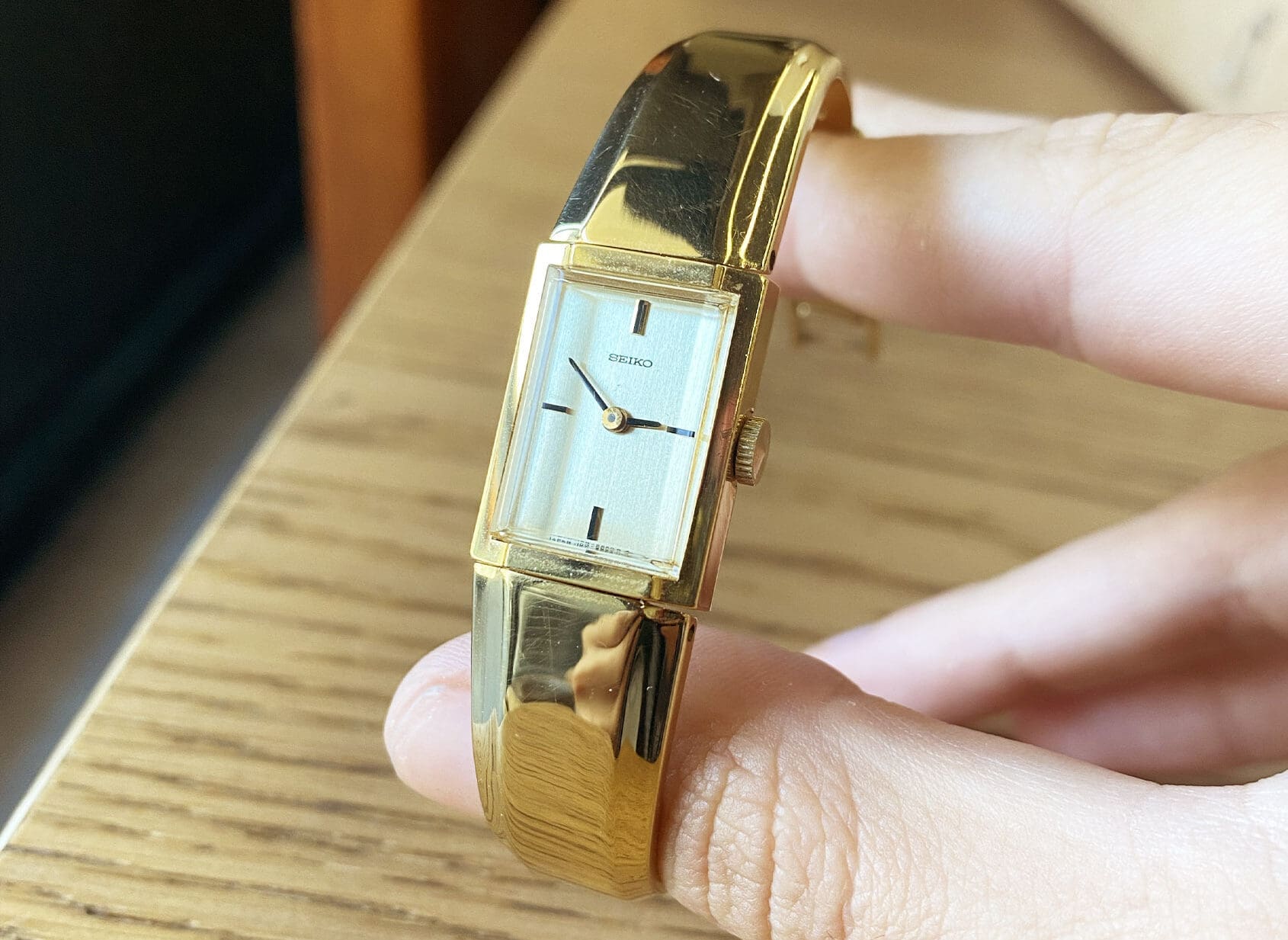Bargain alert: How you could snag 4 vintage Seikos for $44
Fergus NashIn the internet age it’s become almost impossible to find a real bargain. People who don’t know what they have, can easily find out an item’s value with a quick search, and then throw their ads online with a firm price. On one hand, it’s hard to be angry about sellers getting fair value for their possessions, but we can still feel bitter about the loss of that magical feeling when you notice a zero missing from a price tag. That said, there are still some ways you can get lucky. My personal favourite method is searching “watch” on eBay and sorting by ending soonest for a vintage Seiko bargain.
Once you get past a flurry of listings that all finish within the next minute, you can start taking a bit of time to browse. Looking at how many bids there have been already gives you a decent idea of how competitive the auction will be at the end, but there are a lot of different factors. When I first saw this listing for four vintage Seikos, it was hovering at around AU$35 with nine previous bids and less than an hour to go. Given that I was expecting to spend around $50 on a single watch that day, I instantly knew this would be an exciting lot to bid on, even if none of them worked. To my surprise, only one of the four was listed as not working, and it was the gold-bangled mechanical watch which still looks great as an accessory.
After an anxious hour with nobody else bidding, I put my $50 maximum in during the final 10 seconds of the auction and held my breath. Result! With a winning bid of AU$43.99, the watches were posted to me within a week. At first glance the star of the bunch has to be the Tank, bearing the reference 2320-6350. This reasonably faithful homage of the Cartier Tank has a serial number that dates it to November 1980, and yet it nearly looks brand new. There is one tiny scratch on one of the gold-plated bands which covers the steel case, with indentations at each of the corners to imply screws. The Roman numerals keep it classy, especially when paired with the black leather strap, black painted hands, and black-tipped crown. The 21mm width and 27mm lug-to-lug wears brilliantly on smaller wrists regardless of gender, and captures the Cartier spirit well without feeling like a straight-up copy. I let my partner take their pick of the bunch, and I’ll always be a little jealous that they chose this one.
I wasn’t expecting this watch to even fit me let alone impress me as the eBay photos weren’t that great, but the one which blew me away the most was the reference 1320-5490. Even though I know it’s made from stainless steel, the way everything is designed and finished tricks my brain into thinking that this is an ornate piece of sterling silver jewellery. The case is integrated with the bracelet’s twisting and intertwining lines, evoking a style which is reminiscent of viking art. There’s an organised chaos of polishing, brushing, and a kind of crosshatched etching that almost looks like Audemars Piguet’s frosted gold technique. The dial is hypnotic too, with a subtle fibrous pattern etched into the silver that looks like an ancestor of the Grand Seiko SBGH295 “Sōkō Frost”. All of this from a 1981 watch that looks completely new and works perfectly, and it technically cost me $11.
The major odd one out of the bunch isn’t even a wristwatch at all, but a gold-plated pendant. Ironically the largest of the four cases at 32mm x 19mm, this oval-shaped pendant is styled with a rather floral flourish at 12 o’clock to link it to the chain loop. The dial is also very classical in appearance, with no time-based markings besides Roman numerals. The hands have a flared diamond shape in their centre with arrow-head points, giving the whole watch a very old flair. The 17-jewel hand-wound mechanical movement is immaculate and runs perfectly, so I’m guessing it’s had a service at some point with modern lubricants. The serial number denoted that it was either made in 1969, ’79 or ’89, but considering the condition and age all of the other watches I would guess it was 1979. I’m not sure if this came originally with the Seiko or not, but the most fun discovery with this watch was that the single loop of chain is actually stamped as 18k gold. This means that even if it only weighs half a gram, it could nearly pay for all four of these watches itself.
Finally, the last of the bunch is the only one which doesn’t work. The reference 1100-5350 from either 1969 or (likely) 1979 is a stunning blend of ‘70s golden swagger and Art Deco influences. The golden bangle which frames the watch and clasps your wrist is like a beacon with its polished gold plating, hinging at the rectangular case which has more of a pronounced step in the centre. The acrylic crystal is heavily chamfered too, which accentuates the geometric structure of the case and almost adds it to the dial through distortion and shadow. The dial is vertically brushed yellow gold, with simple black batons as hands and quarter markers. Despite the movement looking quite clean, I noticed that the balance wheel seems to be stuck on something and that would indicate that it needs an actual repair rather than just a service. Given how little I paid for the watch I’m not particularly motivated to have it repaired for several hundred dollars any time soon, but I’ll definitely be wearing it when I want something gold and flashy.




